

Damion Smy
Boxy new KGM Musso unveiled to take on HiLux and Ranger ahead of Australian launch
12 Hours Ago
Carmakers in Australia are struggling to source cars at the moment, but that doesn't mean you can't find a shiny new vehicle right now.
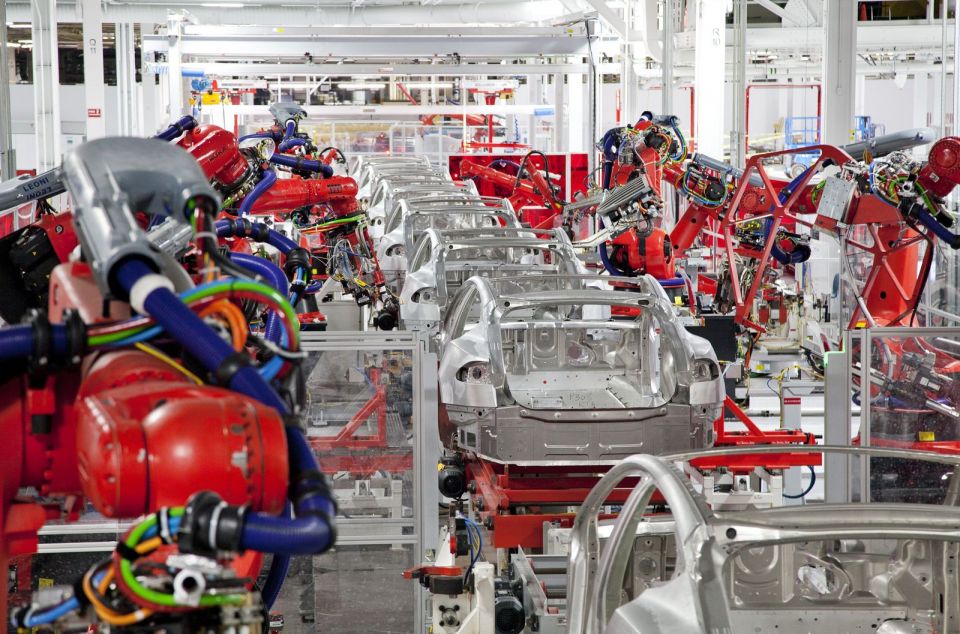
It’s not a secret – many of Australia’s car brands are struggling with supply levels at the moment.
First it was the effect of factory closures from COVID-19, then it was the semiconductor shortage that has caused massive interruptions to supply chains worldwide.
It’s hard to get a gauge on stock levels because most car brands use franchise dealers, and stock varies from showroom to showroom. But we’ve requested updates from the top-selling brands.
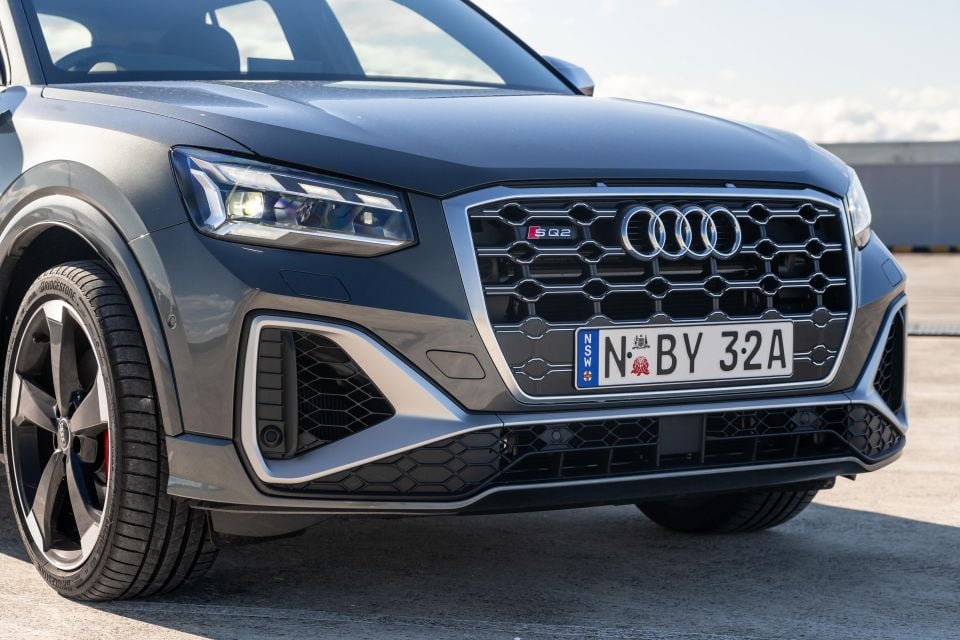
A spokesperson for Audi Australia told CarExpert it expects to have “sufficient supply to grow as planned over the full course of the year”.
It also hasn’t been forced “to take any decisions about removing standard equipment” on the back of the global semiconductor shortage.
The brand is enjoying a busy 2021, and has already welcomed a new Q5 and SQ5, Q2 and SQ2, and the hot RSQ3 to its stable this year.
It’s getting ready to welcome the Q5 and SQ5 Sportback in August, followed by the new A3 and S3, the e-tron GT sports car, and the e-tron S SUV later in the year.
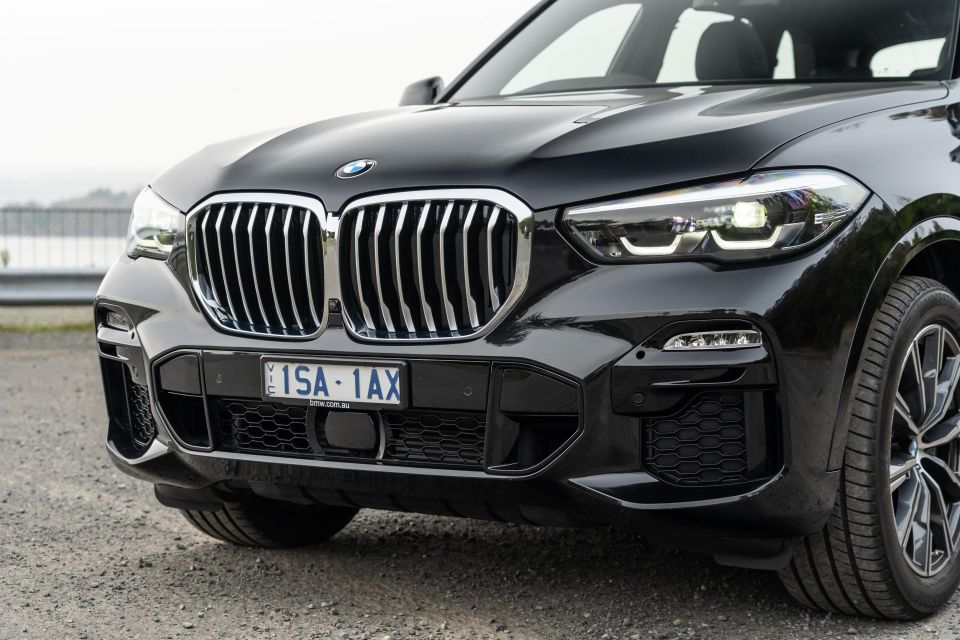
“Our aim is to continue to secure supplies to our plants,” a BMW spokesperson told CarExpert.
“We ordered the volumes required for 2021 at the appropriate time and expect our suppliers to fulfil these orders as stipulated by the contract.
“We are monitoring the issue closely and are in constant communication with our suppliers on this.”
A number of BMW models have had their equipment levels adjusted due to the shortages.
Some 3 Series, 4 Series, X3, and X4 models built in March 2021 will not have lumbar or bolster adjustment on the passenger seat, resulting in a price cut of between $300 and $600.
A “small number” of X5 xDrive30d models built in April will lose the M Sport package in favour of the xLine package, resulting in a $4000 price cut.
Finally, selected 330i, 330e, 430i, X3 30i/30d and X4 30i models built in May 2021 will have only the Driving Assistant package, not the Driving Assistant Professional package.
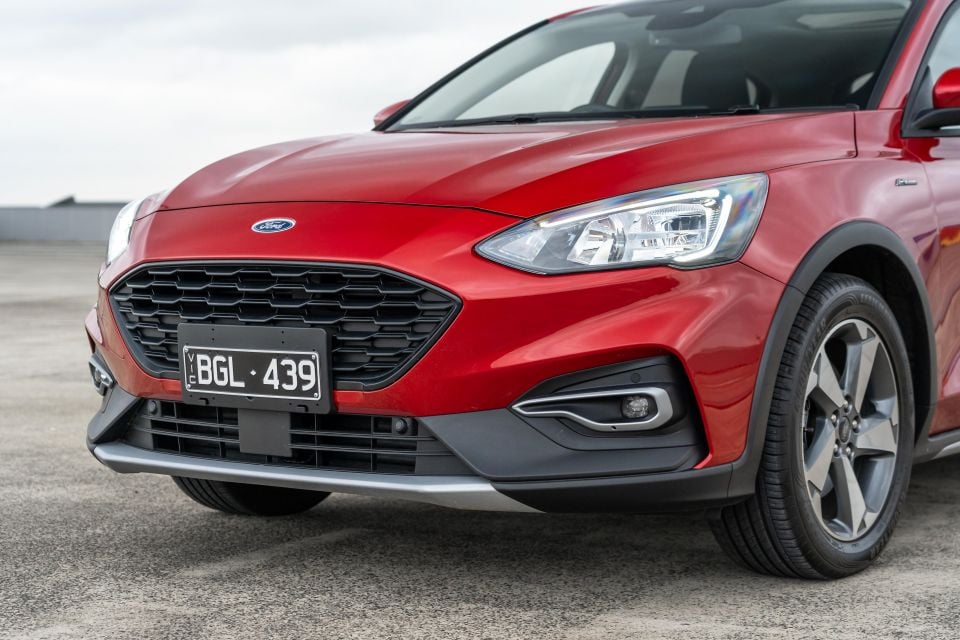
“This is an ever-changing global, industry-wide issue that is also affecting other sectors, including the consumer electronics industry,” a Ford Australia spokesperson told CarExpert.
“As a result of continued strong demand for Ford vehicles, along with some supply constraints due to the ongoing effects of COVID-19 and the global semiconductor shortage, vehicle availability varies across Ford’s vehicle range.
“We recommend that customers check with their local Ford dealer to see what vehicles are available. We expect to have a good supply of Ranger and Everest throughout at least the third quarter.
“We are continuing to work with our global teams on meeting our ongoing demand for these two great vehicles. There is stock available in showrooms now for our award-winning Puma Compact SUV, with strong demand pushing Puma to a strong sales result in May.
“Demand for our segment-leading Mustang continues to be strong, with new Mach 1 proving very popular. We have limited stock of all Mustangs, with waiting periods on some colours and variants into late Q4, 2021.
“Interest in the new Escape continues to be strong, but limited supply means there are waiting periods into late Q4, 2021 and early 2022.
“Strong demand for Transit means that despite ongoing supply, stock is limited in some variants, with waiting periods into late Q4, 2021 and early 2022. Supply constraints on all Focus variants mean limited stock is available.
“We reiterate that as the supply situation continues to evolve, we encourage customers to reach out to their local dealer, who is best placed to advise on local availability and wait times,” the spokesperson said.

“We’ve been very lucky. Our year-to-date sales number has been fairly unimpeded by any stock issues. We’ve been able to get pretty much what we want,” said GWM Australia marketing and communications chief Steve Maciver.
“We’ve been relatively sensible on our forward ordering, we have been gauging demand closely and ordering just that.
“We’ve got good supply in the coming months, there are a few question markets around semiconductors but at this stage things are looking pretty positive for us.”
MORE: Rising Chinese brands free from stock shortages
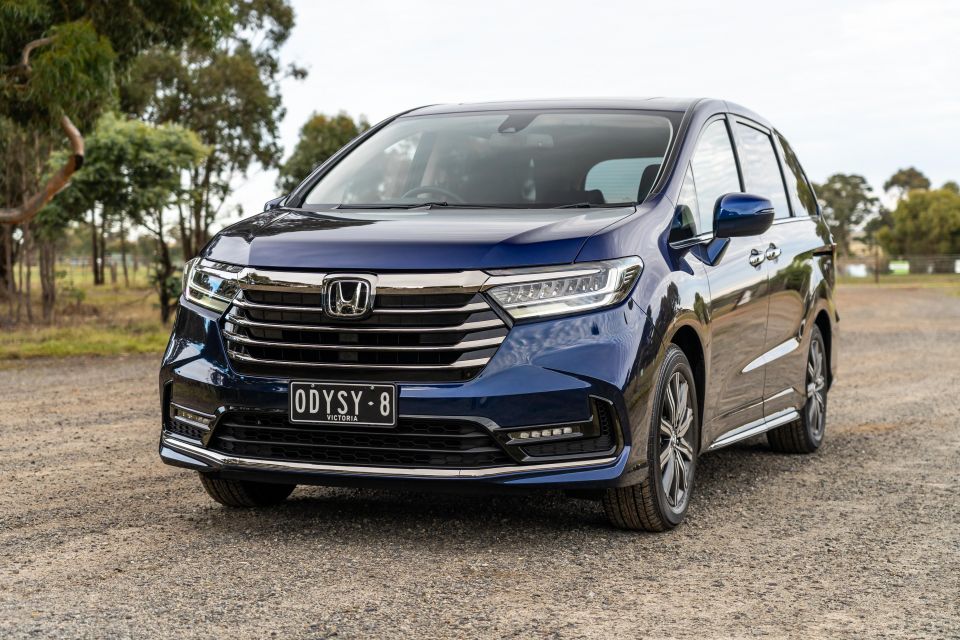
“The global shortage of semiconductor parts, which is having an impact right across the automotive industry, has also affected vehicle supply for Honda Australia in recent months,” said a spokesperson from Honda Australia.
“Our current stock position remains tight, but we should see increased supply and arrivals as we move into July and beyond.”
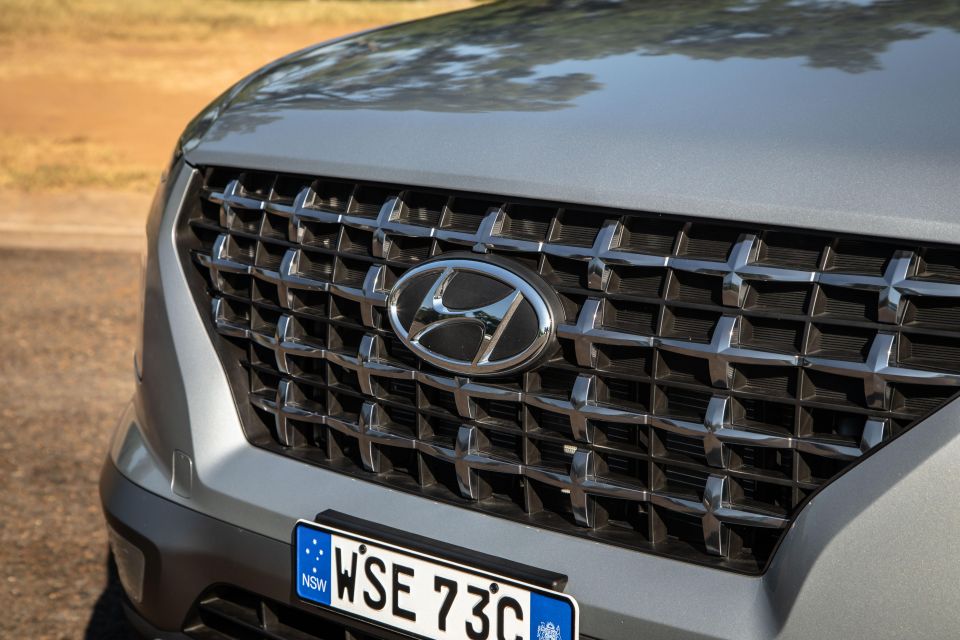
Hyundai Australia says it’s communicating daily with its dealers to let their customers know the latest, and that factory and shipping schedules change by the week making it hard to give concrete answers.
But a leaked dealer bulletin gave dealers some guidelines to tell customers.
While it varies by dealer, worst-case scenarios would see i30 hatch buyers wait up to four months; i30 sedan buyers up to nine months; Ioniq EV, Kona, Tucson, and Palisade buyers up to five months; and Staria and Santa Fe buyers up to six months.
The new Tucson 2.0-litre N-Line is listed as arriving up to 10 months from now.
Our advice is to ask multiple dealers to get the best gauge on specific wait times.
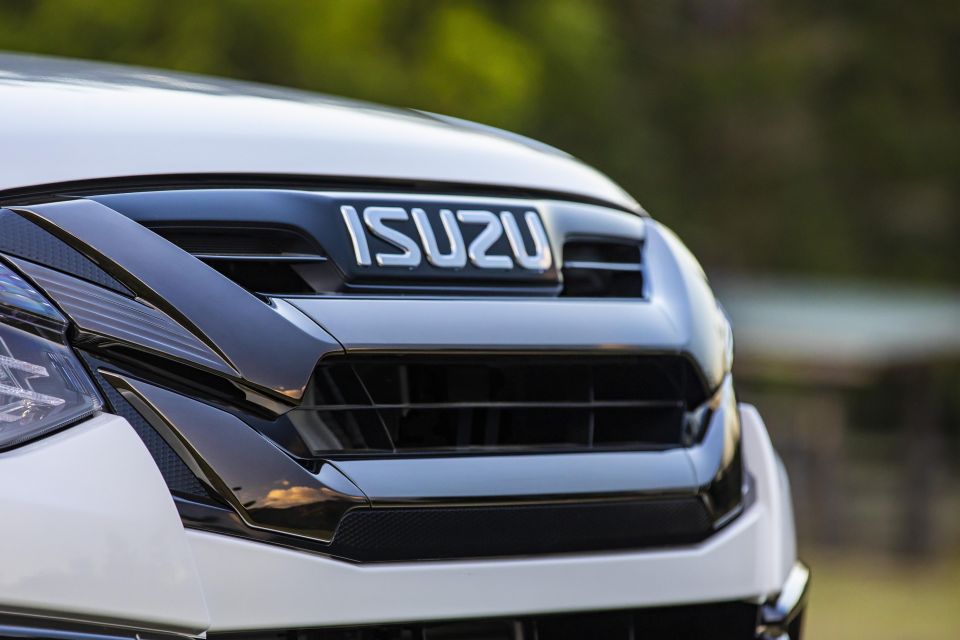
Isuzu Ute has struggled with supply since the launch of the 2021 D-Max, and those struggles show no signs of abating.
Although order cancellations mean some customers will be able to get their hands on a car sooner, CarExpert understands wait times for the top-spec X-Terrain stretch to around six months in some cases.
As always, contact your local dealer for more personalised information, as each has different stock levels.
Runout deals for the outgoing MU-X are live on the Isuzu website, with the company offering a free tow bar, wiring kit, and electronic brake controller on four-wheel drive variants.
“Limited stock” is available across the range, although CarExpert understands Isuzu expects its current stock to last until the new model touches down in the third quarter of 2021.
The current D-Max hit Australian showrooms on September 1, 2020. Expect the new 2022 MU-X to arrive at a very similar point in 2021.
Isuzu Ute Australia hasn’t yet confirmed how much stock it’s expecting of the 2022 MU-X when it arrives.
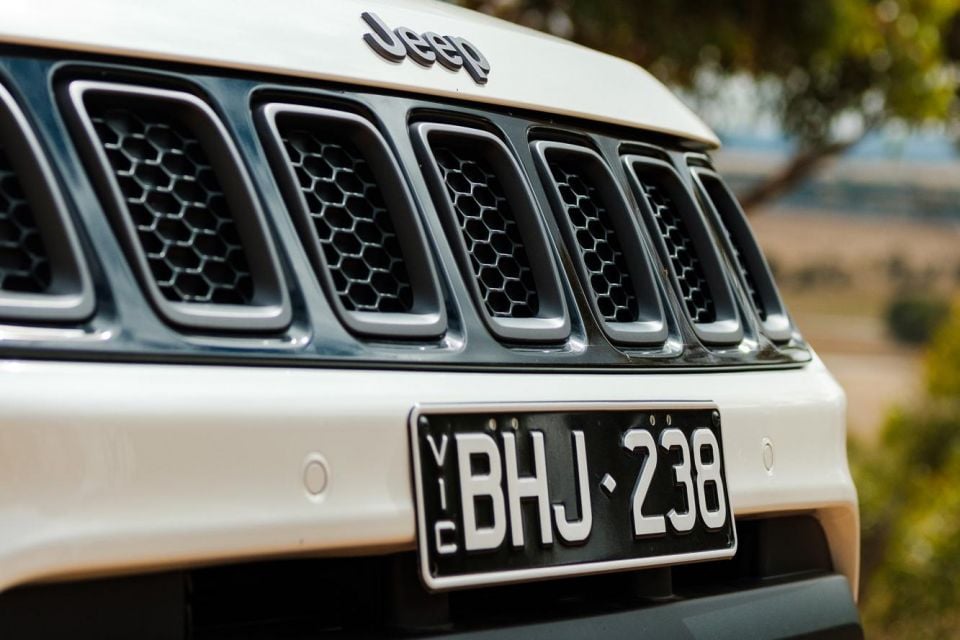
“Stellantis continues to work closely with our suppliers to mitigate the manufacturing impacts caused by the various supply chain issues facing our industry,” a Stellantis spokesperson (Alfa Romeo, Citroen, Fiat, Jeep, Peugeot, Ram) told CarExpert.
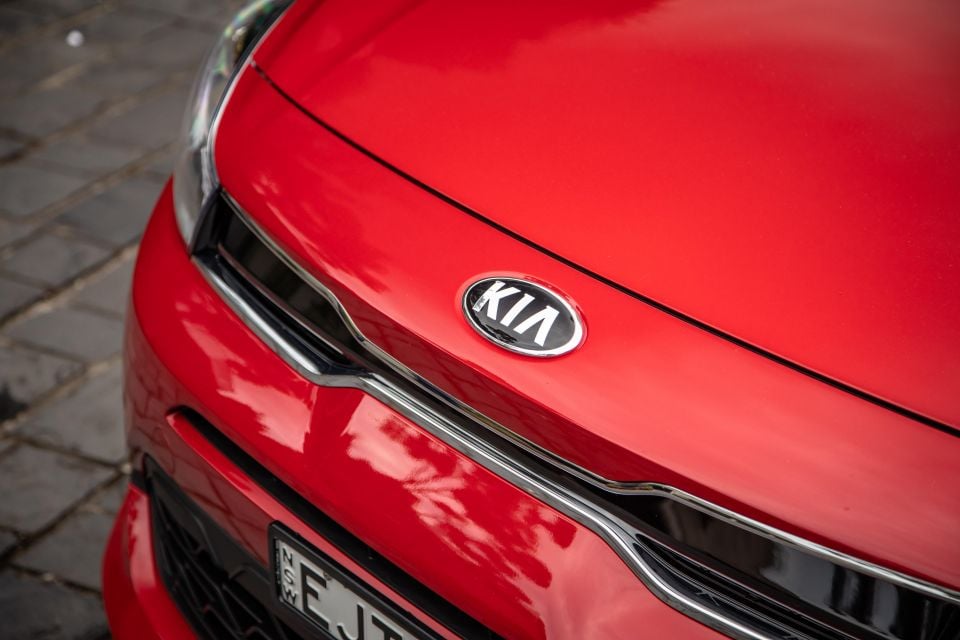
Kia says there’s essentially no problem getting your hands on any of its models, provided they’re in a lower trim.
Top-spec variants, in contrast, are experiencing delays of around three months. The Sorento GT-Line is among the models hardest hit, with a wait of approximately six months due to high global demand.
“Kia Corporation is closely monitoring situations such as semi-conductor shortages and collaborating with supply partners to maintain stable production,” said a spokesperson for Kia Australia.
“The situation is regularly changing and we are working hard to reduce waiting times.”
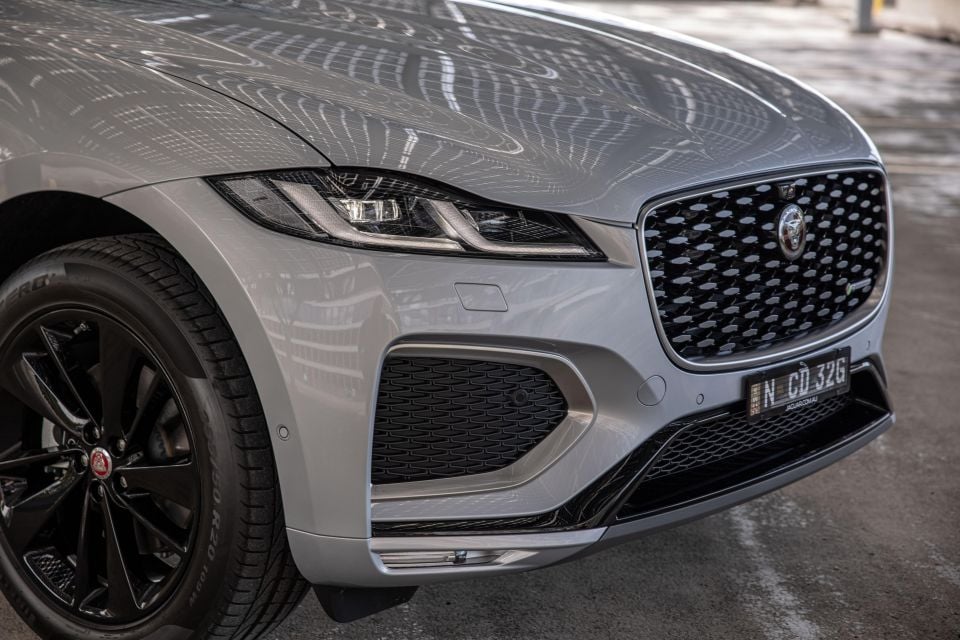
“Like other automotive manufacturers, we are currently experiencing some COVID-19 supply chain disruption, including the global availability of semi-conductors, which is having an impact on production,” a Jaguar Land Rover spokesperson told CarExpert.
“As a result, we have adjusted production schedules for certain vehicles which means that some of our manufacturing sites will be operating some limited periods of planned non-production.
“JLR Australia continue to see strong customer demand for our range of vehicles, including Defender. We are working closely with affected suppliers to resolve the issues and minimise the impact on customer orders wherever possible.”
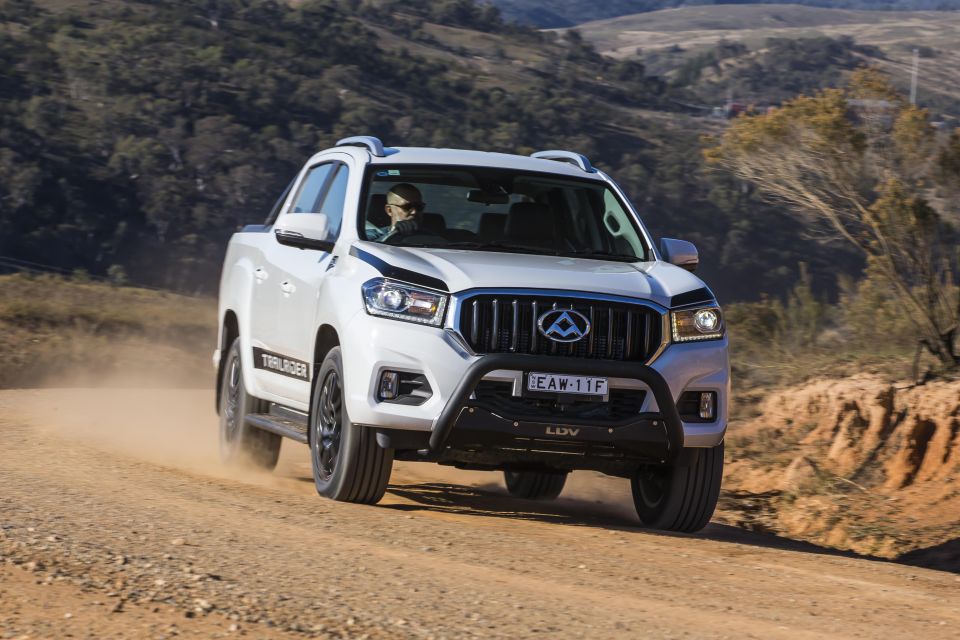
A spokesperson for Ateco, which handles local distribution for the Chinese brand, confirmed customers shouldn’t expect any waits for new LDVs.
MORE: Rising Chinese brands free from stock shortages
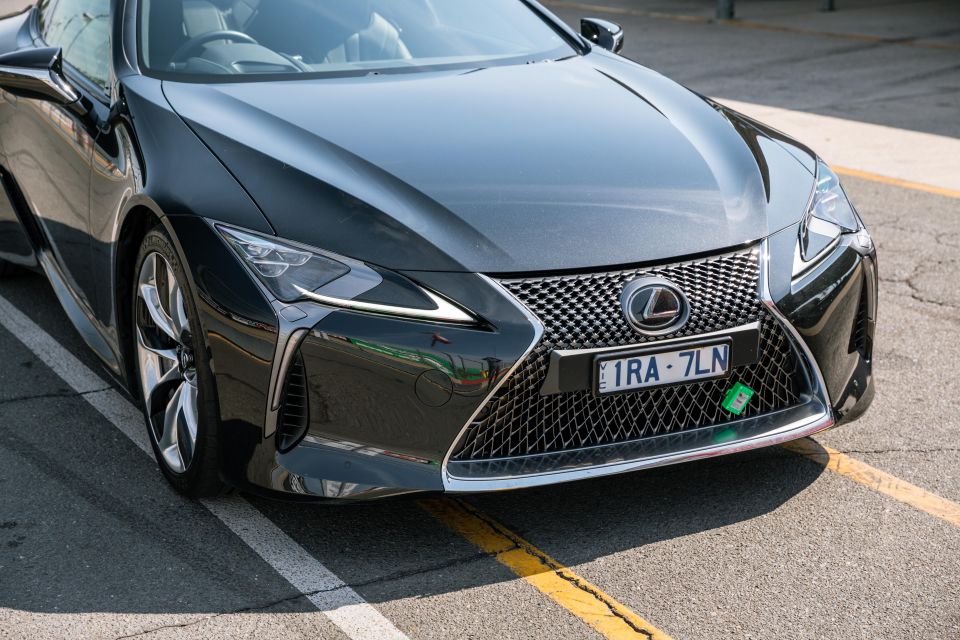
The Japanese luxury brand says waiting times for most of its models are between 1.5 and 2 months.
Longer waits exist for a couple of its more niche products, the LX full-size SUV and the LC grand tourer, due to global demand.
The company says the wait for an LX is around three months but customers may be waiting upwards of 12 months to get the keys to a new LC.
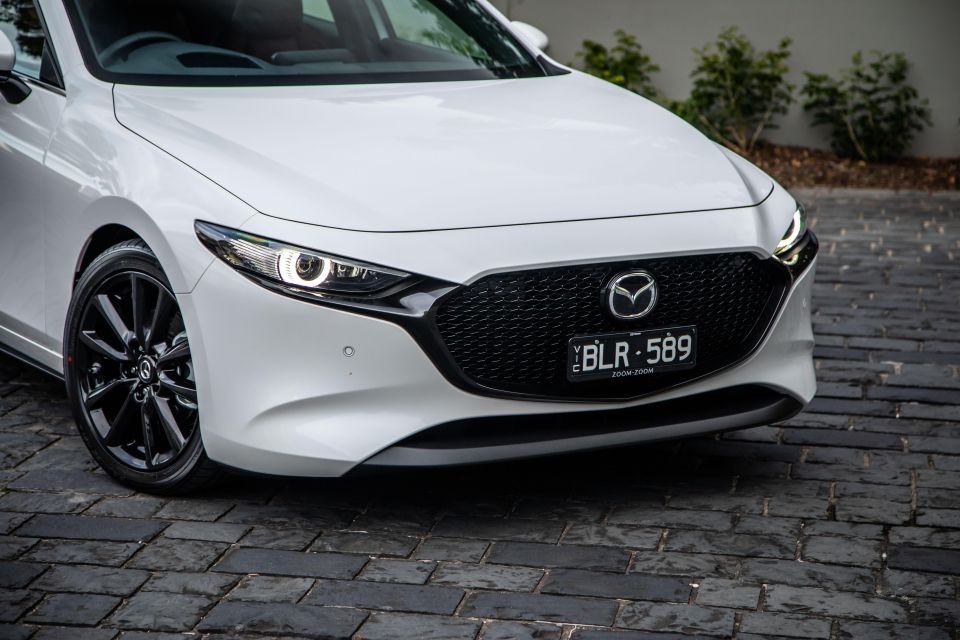
Mazda says it’s in a pretty good stock position, and given we’re a major market worldwide for the brand this makes some sense.
The company told us most models’ supply lines were fine, particularly BT-50 ute since it pre-ordered a large number around launch. The exception is the Mazda 3 hatch and sedan, but even then it’s variable.
“The one nameplate we are a little bit tight on would be Mazda 3. There’s still a good number of cars in dealers but not all grades or variants,” said a Mazda spokesperson.
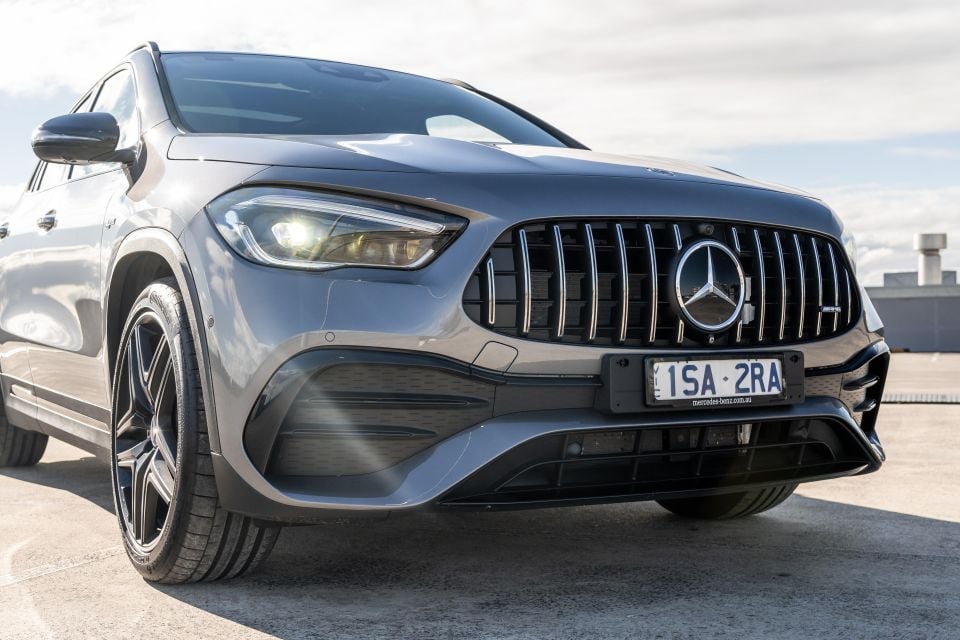
“Our brand, like the entire automotive industry, has been affected for some time by insufficient supply of components containing semiconductors,” a company spokesperson told CarExpert.
“Locally, we have been closely monitoring the situation and keeping our customers informed.
“It has affected a number of models across the range, and for the most up to date information customers should speak to their Mercedes-Benz retailer.”

MG is one of Australia’s fastest-growing brands, thanks in part to the fact it’s secured solid supply from China.
A company spokesperson said there are no major delays or shortages on any of its models, although stock levels of certain colours differs from dealer-to-dealer.
“We’re very aware of the issues that face the wider industry at the moment, but MG is well positioned at the moment,” the spokesperson said.
MG is preparing to welcome a ship loaded exclusively with its cars (not sharing space with other brands) to Australia for the first time. The boat is expected to during July.
It’s one of a number of shipments that will see around 11,000 cars touch down locally in the coming months.
MG is also ramping up fleet contracts with rental companies, which are struggling to get their hands on cars from rival brands that are shorter on stock due to COVID-19 and the global semiconductor story.
MORE: Rising Chinese brands free from stock shortages
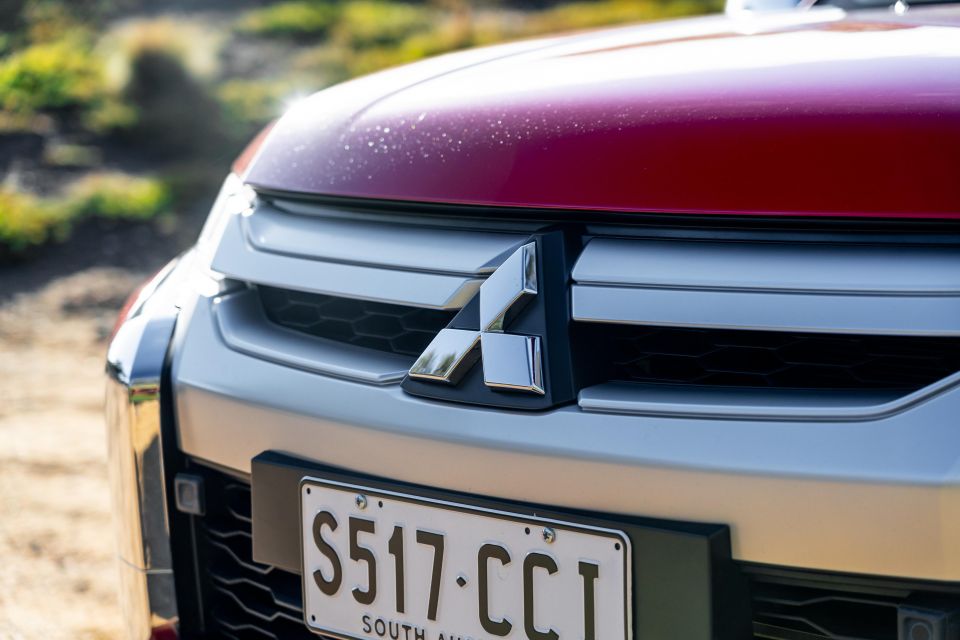
Mitsubishi Australia says the Triton and Pajero Sport have the longest wait times, with an average of five to six months.
For the rest of the SUV range, there’s an average wait time of around 3-4 months.
“That said, not all cars have a wait time,” said a spokesperson from Mitsubishi Australia.
“We still have stock in dealers that has no customer name assigned to it, so our best advice is to hit the dealerships and ask them what they have available because our dealers have stock that they have ordered so they have a variety on their forecourts.”
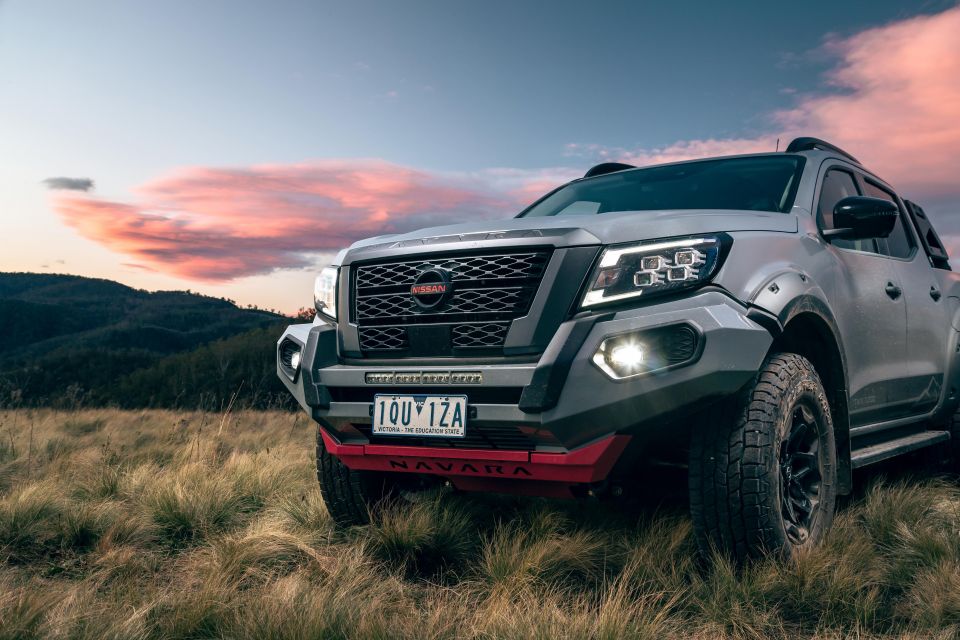
Nissan Australia says it has seen a stock reduction, but added specific timing would vary by customer and their location.
“Our new car stock levels are short of what they were pre-COVID, with the largest impact being available stock due to strong dealer demand and a significantly growing customer sold order bank,” the company told us.
“As a result, nearly all stock arriving is now fully committed to dealers in comparison to 12 months ago.”
The company added that the new Patrol was retailing “very strongly,” but also said supply had increased substantially over the past six months. However, new Patrol customers will now have to wait several months for delivery, it added.
“Customers are urged to talk with their Nissan dealer to secure confirmed availability to match with their requirements,” the company finished.
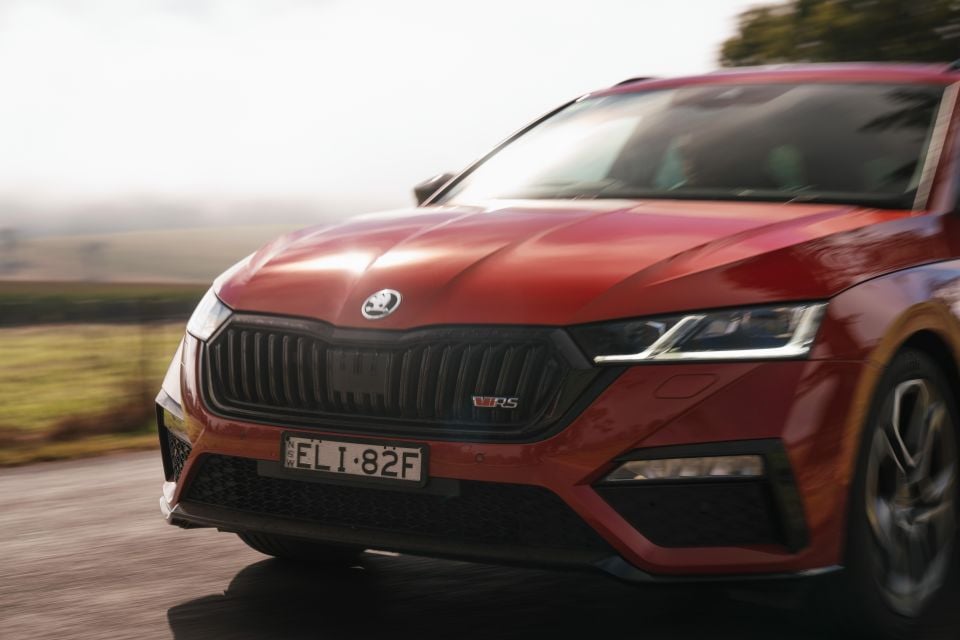
Skoda has confirmed it’s sold out of the 85TSI Kamiq for 2021, although it’s preparing a 110TSI Ambition model to help fill the gap at the bottom end of its range.
The company has also flagged stock shortfalls with the 2021 Octavia.
It’s directing customers to the stock locator on its website for more information.
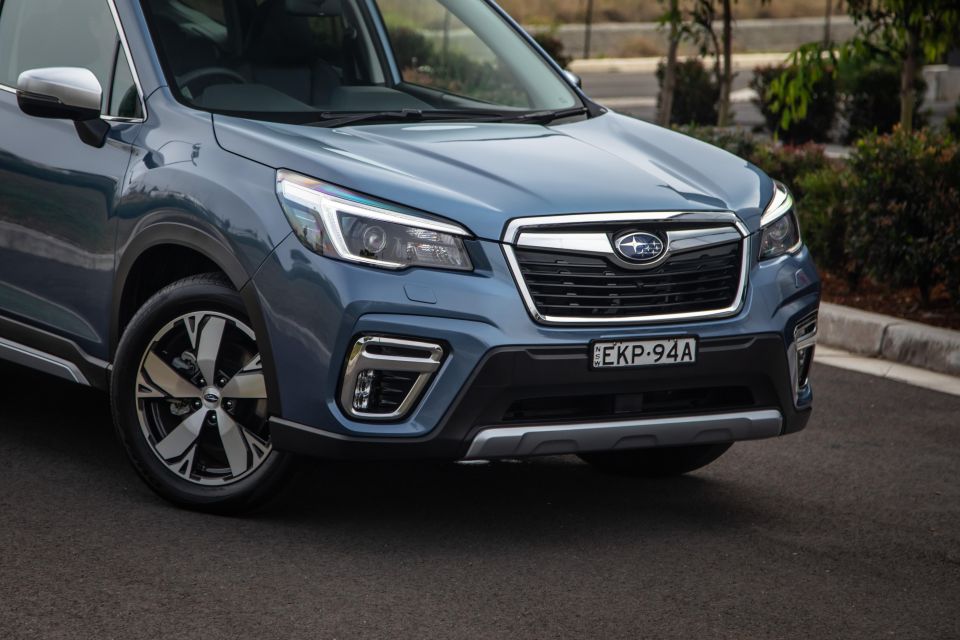
Production delays are affecting some of Subaru’s newest and most popular models, chiefly the Forester, Outback and XV. The longest delays across these model lines are approximately three months.
No wholesale stock of the BRZ remains, ahead of the arrival of the new generation, but there’s still stock on hand for the WRX and WRX STI which will soon enter run-out.
Subaru Australia also says stock levels of its Impreza hatch and sedan remain acceptable.
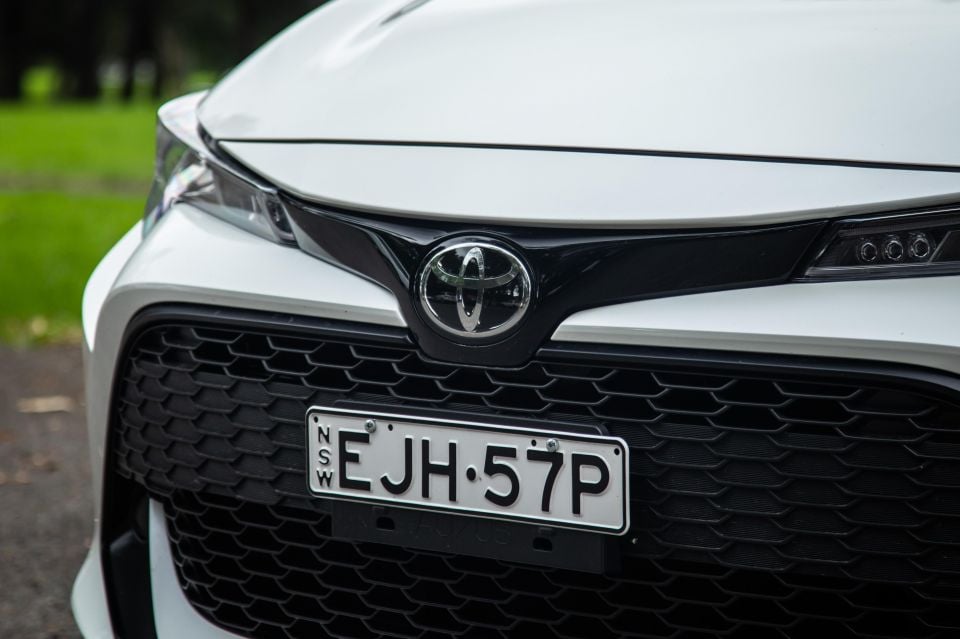
Toyota Australia says the global shortage of semiconductors severely affecting the automotive industry is not having a material impact on the company’s production output.
“Due to forward planning, the supply of semiconductors is not the issue for Toyota as it is for other companies, particularly in Europe,” said Toyota Australia vice president of sales and marketing Sean Hanley.
Nonetheless, with up to six-month waits for a Toyota RAV4 Hybrid and a near three-month wait for the Toyota HiLux (two of the top-three best-selling cars in the country), there is clearly an issue of supply and demand.
“At the moment largely any delay we have in any vehicle delivery is brought about with extraordinary demand right now, we are managing that,” Mr Hanley told CarExpert.
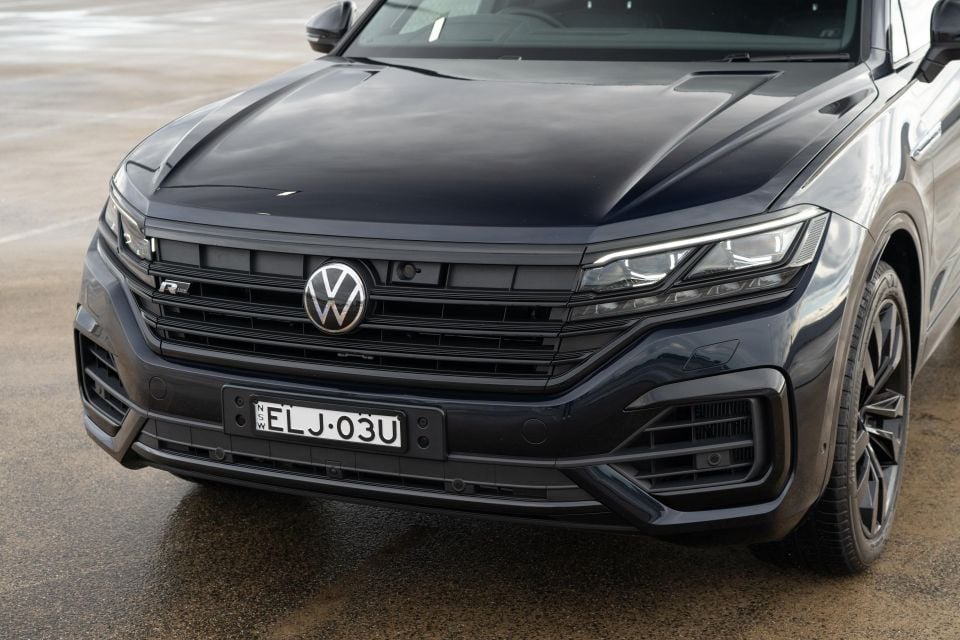
The company has confirmed the semiconductor shortage and other supply issues are affecting some of its key models, including some of its older products.
The Amarok has been affected by unspecified logistical delays but the company says there will be “strong arrivals” late this month and early next month.
There’s also been a slow-down in production of right-hand drive Golf due to the semiconductors required for the dual-clutch automatic transmission in the GTI, plus the Harman Kardon system that’s optional in the Golf Life, R-Line and GTI.
Tiguan 162TSI R-Line and 147TDI R-Line models are being affected by gearbox component shortages plus a lack of the leather upholstery used in these models.
The company has assured customers any outstanding orders will be prioritised before new orders are accepted.
Semi-conductor shortages have also affected the Tourareg 210TDI due to its standard Innovision cockpit, with Volkswagen quoting an eight-week delay.
Volkswagen is also trying to get more supply for its T6.1 range of vans, while global demand and semiconductor shortages have affected supply of the full-sized Crafter 35.
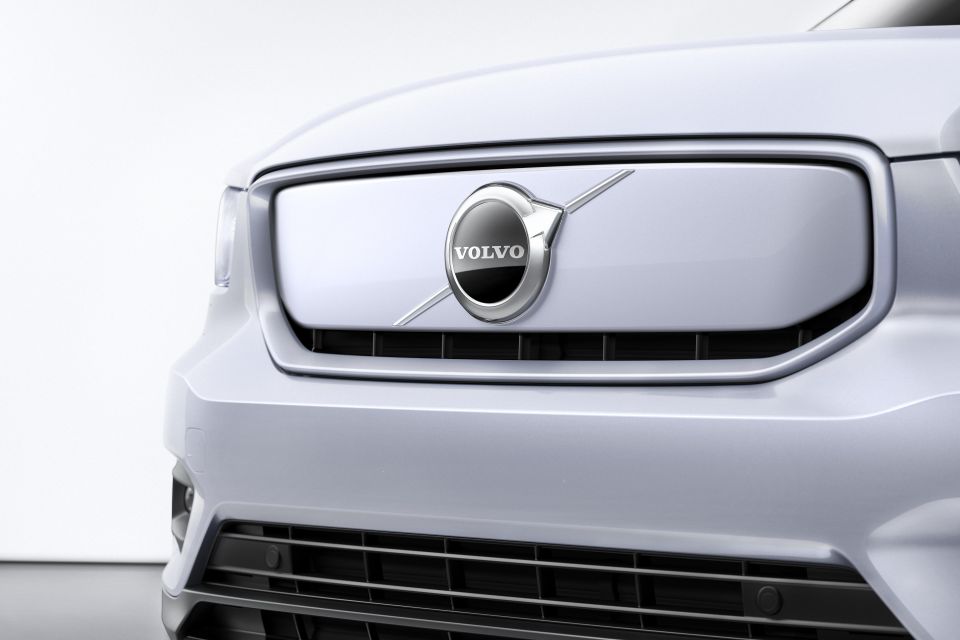
Volvo says it’s on track to exceed 10,000 sales in 2021, with “ample stock coming” in the second half of the year.
A spokesperson for the brand said it has “ordered a long way ahead”, and is expecting around 1200 cars to arrive on Australian shores in the coming weeks.
Diesel is currently being phased out in Australia, with mild-hybrid versions of the XC60, XC90, S60 and V60 Cross Country on track to arrive in the coming months, while the XC40 Recharge Pure Electric is due in August.


Damion Smy
12 Hours Ago


Damion Smy
13 Hours Ago


Damion Smy
15 Hours Ago


Damion Smy
16 Hours Ago


Damion Smy
18 Hours Ago


Damion Smy
19 Hours Ago